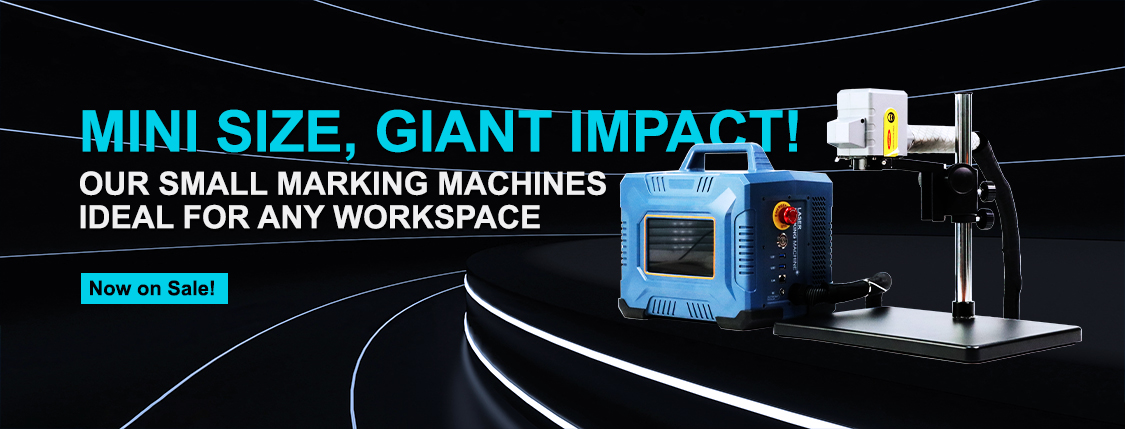Selective photothermal decomposition
Selective photothermal decomposition
(Selective Photothermolysis)
As early as 1983, a scientific paper published by two scholars, Anderson and Parrish, proposed "selective photothermal decomposition". This is a very important concept for the development and application of laser in dermatology. In that paper, the author delves into the concept of selective photothermal decomposition.
Its principle is mainly divided into three aspects: the use of light suitable for (a) wavelength, (b) duration of pulse and (c) injection amount, using as a selective photothermal decomposition, can accurately make the target by the laser heat damage.
Photothermolysis:
· Light energy is converted into hot work for the target tissue, light is absorbed by the target, and heat energy is produced;
· Heat acts on the target tissue, causing physical damage (transformation);
· The target is subsequently cleared by immune system cells or metabolically absorbed.
Because different pigment groups have different absorptivity to different wavelengths of light, the single wavelength of laser can achieve the selective effect.
When a laser of a specific wavelength passes through the skin, it is absorbed by the target tissue (heme, melanin, collagen, or water); However, the absorption of specific wavelength spectra by the surrounding tissues is less, so specific target tissues (such as stains) can be selectively destroyed with less impact on the surrounding tissues.
Given the appropriate pulse duration, the heat generated by these photothermal methods is confined to the target. This is all related to the Thermal relaxation time on the target.
The most important thing is that the duration of the laser/intense pulse light pulse should not exceed the heat dissipation time of the target, otherwise the heat will radiate to the surrounding tissues, resulting in tissue damage and possible scab formation. The heat dissipation time will be affected by the correct volume of the target, the smaller the target, the shorter the heat dissipation time, so the laser pulse duration is also shorter.



